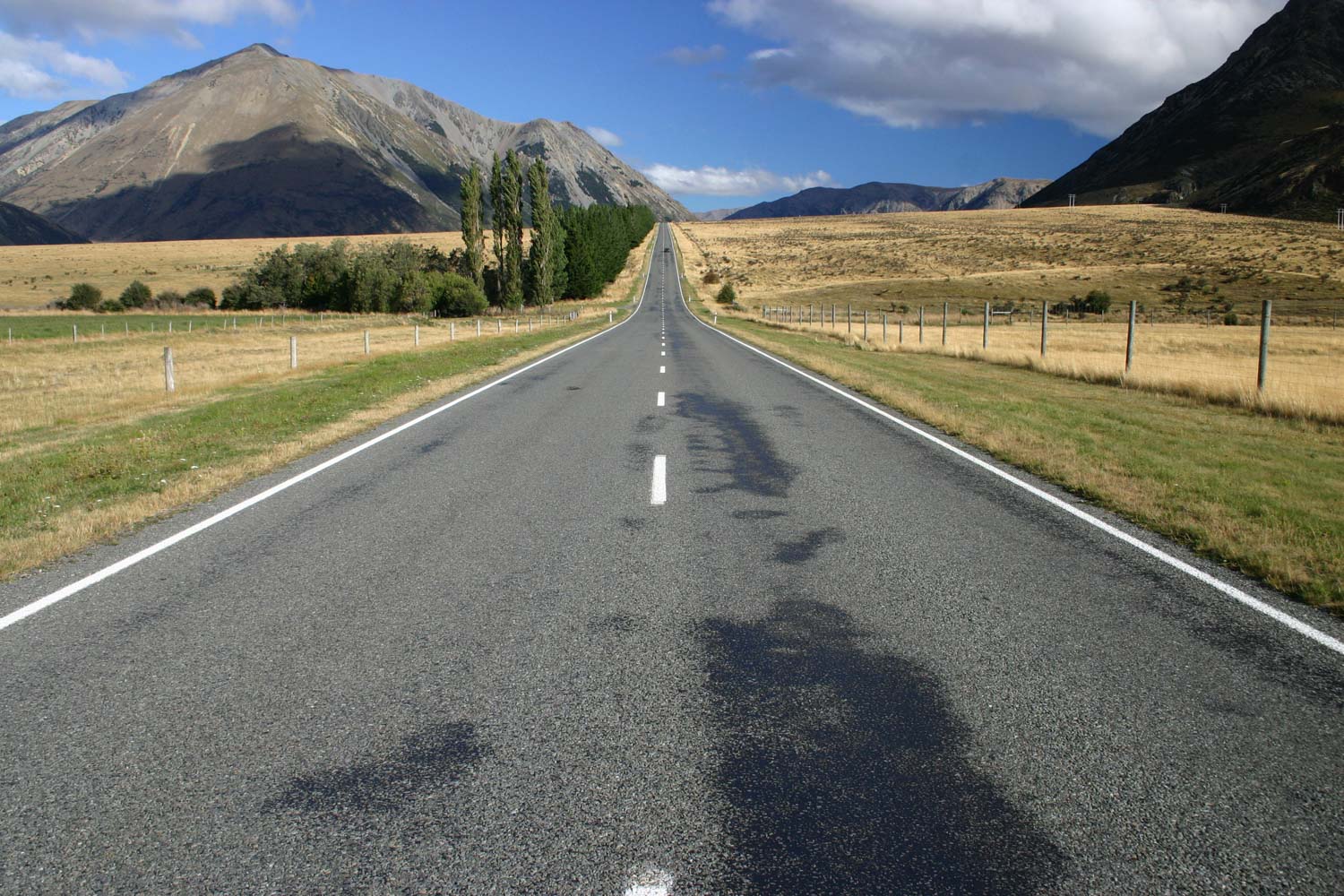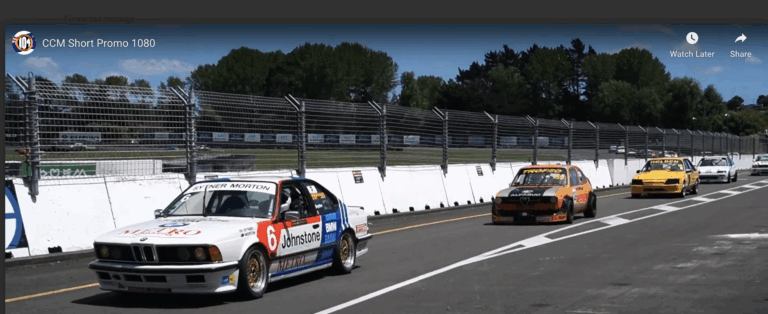data-animation-override>
“The solution was obvious – I just needed help to see it!”

A few issues back I wrote about the Volkswagen emissions debacle. As is always the case I researched that article thoroughly, but due to the usual time constraints I missed an obvious solution to the vexed problem of tourist drivers in rentals causing mayhem on our roads. Fortunately one of this magazine’s ardent readers has pointed me in the right direction, and in doing so, has suggested what can only be described as the simplest of solutions. You might ask why someone hasn’t come up with it before now. Well, there are several reasons why nothing will ever be done. The first and most important one is that by the time you read this, tourism will reportedly be the largest export earner for New Zealand, taking that position away from dairying in recent times. Secondly, no one will ever do anything that might discourage the influx of tourists, regardless of how many lives might be lost while they are here. But firstly, what is this ‘simple’ solution?
The solution
The reader referred me to what is known as OBD-II (the most recent version of ‘On-Board Diagnostics’). Now, it was VW’s OBD system that was used to fool the diagnostic equipment so VW’s emissions would meet the Environmental Protection Authority’s (EPA) standard.
OBD systems are in most cars and light trucks on the road today. OBDs also have a data-logging function. Data loggers are designed to capture vehicle data while the vehicle is in normal operation, for later analysis. Some auto insurance companies offer reduced premiums if OBD-II vehicle data loggers or cameras are installed — and if the driver’s behavior meets requirements. This is a form of auto insurance risk selection. The data-logging can also be used to monitor driver behavior by fleet vehicle operators (such as truck drivers, or rental-vehicle drivers).
Analysis of the vehicle’s black box data may be performed on a periodic basis, automatically transmitted wirelessly to a third party, or retrieved for forensic analysis after an event. This is where the OBD-II system comes in. OBD-II is no longer only used by professionals and hobbyists to repair vehicles. OBD-II information is commonly used by vehicle telematics devices that perform fleet tracking, monitor fuel efficiency, prevent unsafe driving, as well as for remote diagnostics and pay-as-you-drive-insurance. Although originally not intended for the above purposes, commonly supported OBD-II data such as vehicle speed, rpm, and fuel level allow GPS-based fleet-tracking devices to monitor vehicle idling times, speeding, and over-revving. By monitoring the OBD-II a company can know immediately if one of its vehicles has an engine problem, and by interpreting the code, the nature of the problem. OBD-II is also monitored to block mobile phones when driving, and to record trip data for insurance purposes.
Warning Alert
Think about it! You have some looney-tune let loose in a rental campervan having just stepped off the plane, and if one of these devices is fitted, the minute (s)he exceeds the speed limit, or crosses to the wrong side of the road, a loud message in the driver’s native tongue could blast out from the vehicle’s stereo, alerting them to the problem. If no remedial action is taken immediately, the vehicle could be remotely immobilized there and then. If necessary, the local traffic police could be alerted as to the location and the alleged offending, and proceed to the vehicle’s position. Immobilizing is also an option if the OBD-II indicates that the driver is tampering with the system.
As to the costs — seemingly there are none, or at least they would be very little, as the gadgetry is already in place in all cars made after 1996.
So here’s how I see it would work. The tourist steps off the plane, and after a mandatory 24-hour rest period, is provided with the necessary information about which side of the road to drive on, speed limits etc, and a cell-phone-use ban while the engine is turned on, and is then taken to their rental vehicle.
Safer Driving
This magazine goes on sale in February, which has been identified as the most dangerous month on the roads, because of the influx of tourists. A local reporter suggested that treating everyone else on the road as a potential killer is one way to stay safe. Most motorcyclists and classic-car owners do this now anyway, but (and again, thanks to the NZ Classic Car reader who suggested using OBD-II), if the Government bit the bullet and made it mandatory for ALL rental vehicle companies to monitor their rental vehicles using OBD-II, and to provide that data when necessary to law-enforcement agencies, we’d all be a lot safer — and we’d still get lots of money from tourists. Perhaps we should also consider making rental companies responsible for what happens with their vehicles?
Someone should ask the Minister of Transport why NZTA has not been directed to investigate/regulate/mandate the use of OBD-II in all rental vehicles.
There also needs to be some more-effective longer-term repercussions for offenders, such as a lifetime ban from renting vehicles in New Zealand, and some decent jail time where there is loss of life. A few months in the pokey (if at all) is not sending an adequate message to these idiots who think it’s okay to crash a rental, kill someone, pay a few hundred dollars in fines, and slope off back home to their own country.
In Uganda, at the height of his reign, former President-for-life, Field Marshal Al Hadji Doctor Idi Amin had the right idea. He wanted all tourists to simply leave their valuables and cash in a bucket at the end of the air bridge, then get back on the plane! Given our poor crash rate for tourist drivers, particularly in the South Island, perhaps we should adopt that practice here? Otherwise, let us have OBD-II combined with data-logging provisions made compulsory for all rental vehicles in NZ as soon as possible. If that affects tourism adversely, then that’s just too bad. In the meantime, watch out! Everyone else on the road is out to get you, so stay safe.


